Flying High: My Unforgettable Ultralight Experience in Pokhara
Sometimes, travel throws you unexpected detours that turn into unforgettable adventures. My ultralight flight over the Himalayas in Pokhara was one such experience, born out of a scheduling conflict that made paragliding impossible.
A Change of Plans
Having loved paragliding in Jarabacoa, Dominican Republic, I planned to recreate the thrill in Pokhara, soaring over the majestic Himalayan mountains. But upon arrival, I discovered that paragliding flights in fall and winter are only available after 9 AM due to temperature constraints, as the later sunrise in these seasons delays optimal flying conditions.
Enter the ultralight flight—a small aircraft designed to provide a unique, intimate experience of flying. With a seating capacity of just one passenger and the pilot, the ultralight aircraft offers panoramic views of the landscapes below, unlike any other mode of travel. I had two options: with or without windows. Initially, I considered the open-air version for its adventurous appeal. However, I learned it’s better suited for short flights of about 15 minutes, as it moves slower and doesn’t get as close to the mountains. For guaranteed mountain views, only the 60- or 90-minute flights were recommended, as it takes about 15 minutes just to reach the mountain area. Even then, clear skies are not always guaranteed, especially in the morning.
This crucial information was only available directly from the Avia Club, the flight operator—not from the local agencies I visited. My advice: book directly with the company to get accurate details. After weighing my options, I chose a 60-minute flight at 7 AM, the earliest available, to ensure I’d make it back in time for my singing bowl class.
Pre-Flight Preparations
To avoid any discomfort during the flight, I limited my liquid intake and made a last-minute dash to the restroom before departure. The driver arrived punctually to pick me up from my hotel and drop me at the domestic airport. At the airport office, I signed a waiver, paid for an optional video package, and went through the same security procedures as for a large commercial plane—a surprising formality for such a small aircraft.
Choosing the type of ultralight aircraft right before takeoff felt convenient and accommodating. Ultimately, I opted for the windowed ultralight, which turned out to be the best decision.
In the Air
The moment we took off, I was immediately captivated. The view of the Himalayas was nothing short of spectacular, and I couldn’t help but shed tears of joy and gratitude. Flying over valleys inaccessible by hiking and remote areas only visible from the air felt like an extraordinary privilege.
The journey to the mountain area took about 15 minutes, and as we approached the peaks, the scenery became even more breathtaking. We flew close to the iconic Fishtail Mountain, marveling at its back and base camps from a unique angle. Witnessing nature’s grandeur from such proximity was a humbling experience, one that felt like a once-in-a-lifetime opportunity made possible by the windowed ultralight aircraft.
That said, the flight wasn’t without its challenges. Halfway through, I regretted my earlier decision to limit liquids, as I found myself needing the restroom urgently. On top of that, I experienced a slight headache at peak altitude—classic symptoms of altitude sensitivity. It reminded me of a similar experience in Chile, where I had to spend an entire day recovering after reaching 4,500 meters.
Shortly after viewing the back of Fishtail Mountain, we hit turbulence for 5–10 seconds. The small size of the ultralight craft amplified the sensation, making it a little unnerving. However, my prior flight lesson in a Cessna aircraft gave me confidence in handling such moments. I wasn’t afraid of the size of the craft or the situation. Instead, I trusted the pilot and focused on the adventure.
Despite these brief challenges, the flight was overwhelmingly peaceful. The mountains I saw were part of the Annapurna range, not Mount Everest, which lies farther east. My Russian pilot, Eric, explained that while most of these peaks remain unclimbed due to their unique conditions, a few are technically climbable when it snows. Flying early in the morning, I didn’t spot any climbers, which was oddly comforting—there were no reminders of the risks often associated with summiting Everest.
The flight offered unparalleled views and unforgettable moments, with every second revealing the majestic beauty of the Himalayas. It was a privilege to see the landscape from this perspective, and even the brief turbulence felt like a small price to pay for such a magnificent experience.
A Bonus Tour
On the way back, Eric pointed out landmarks like the iconic blue Shiva statue and other distant sights that would typically require a taxi to visit. It was like a bonus sightseeing tour, and I was glad I had taken the ultralight flight for this unique perspective.
Capturing the Experience
I paid extra for the video package, which captured the entire flight. While I made sure to take a few photos myself, I focused on savoring the moment mindfully. The video file, however, presented a challenge—it was 12 GB, and I couldn’t download it while traveling. By the time I returned to New York, the original link had expired. Thankfully, the Avid Club’s customer service was exceptional, patiently assisting me until I could finally download the video.
Final Reflections
This ultralight flight was not just an adventure; it was an experience that celebrated the beauty of nature and my resilience. It coincidentally fell on my birthday, making it even more memorable. Though the flight was expensive, it was worth every penny for the breathtaking views and the rare opportunity to witness the Himalayas from such a unique vantage point.
For anyone visiting Pokhara, I wholeheartedly recommend an ultralight flight. If your schedule doesn’t allow for paragliding—or even if it does—this is a journey you’ll cherish for a lifetime.

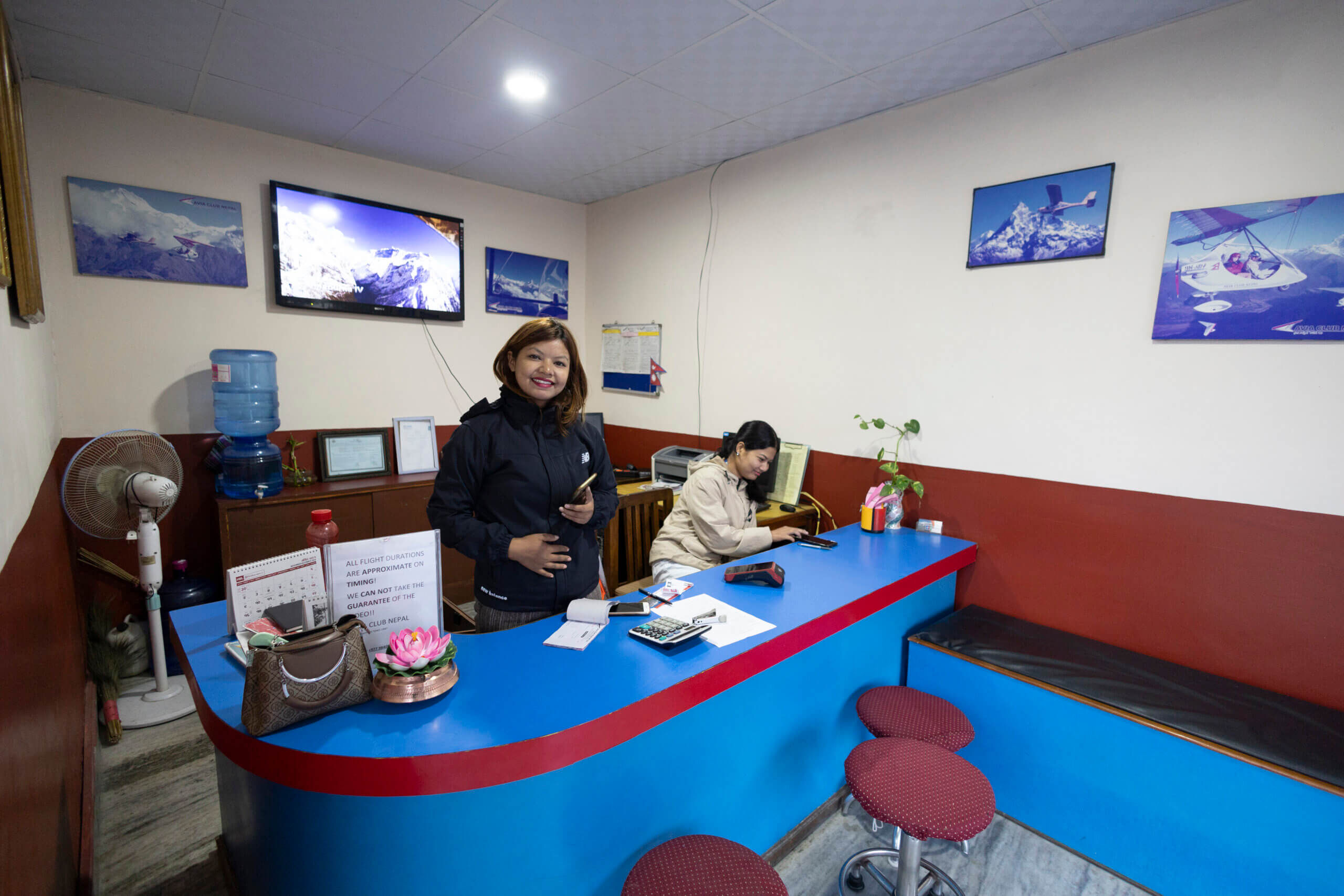
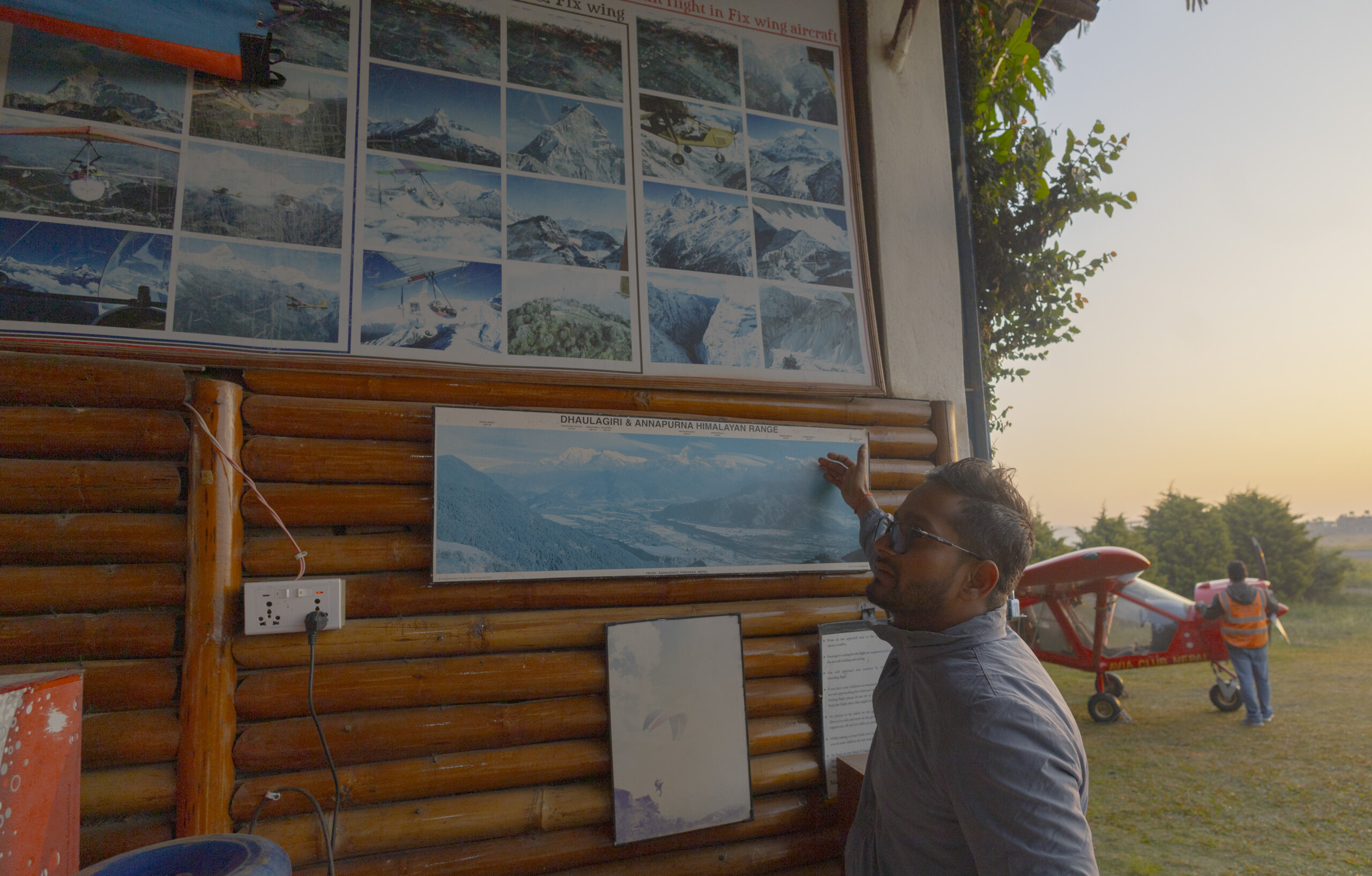
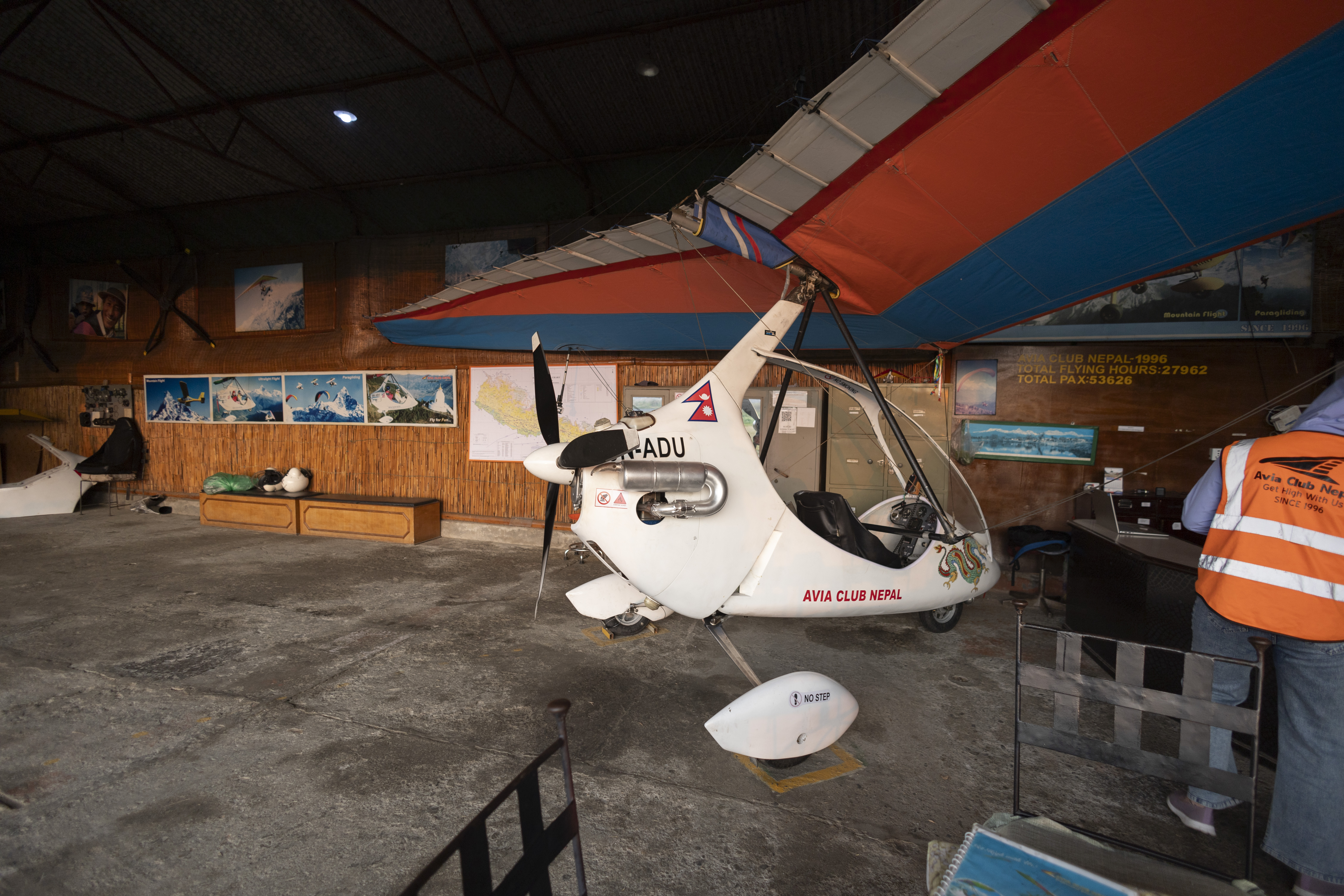
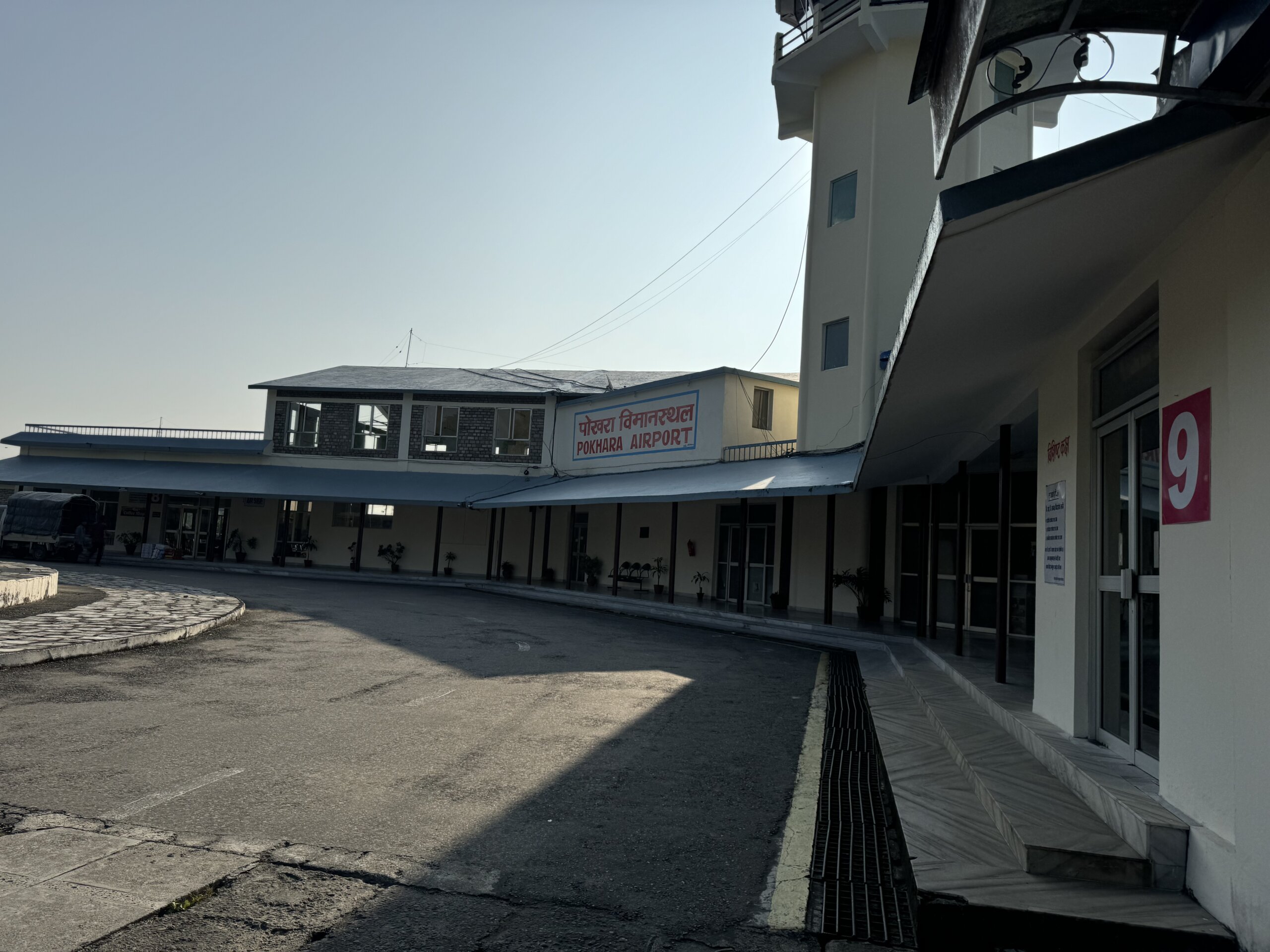

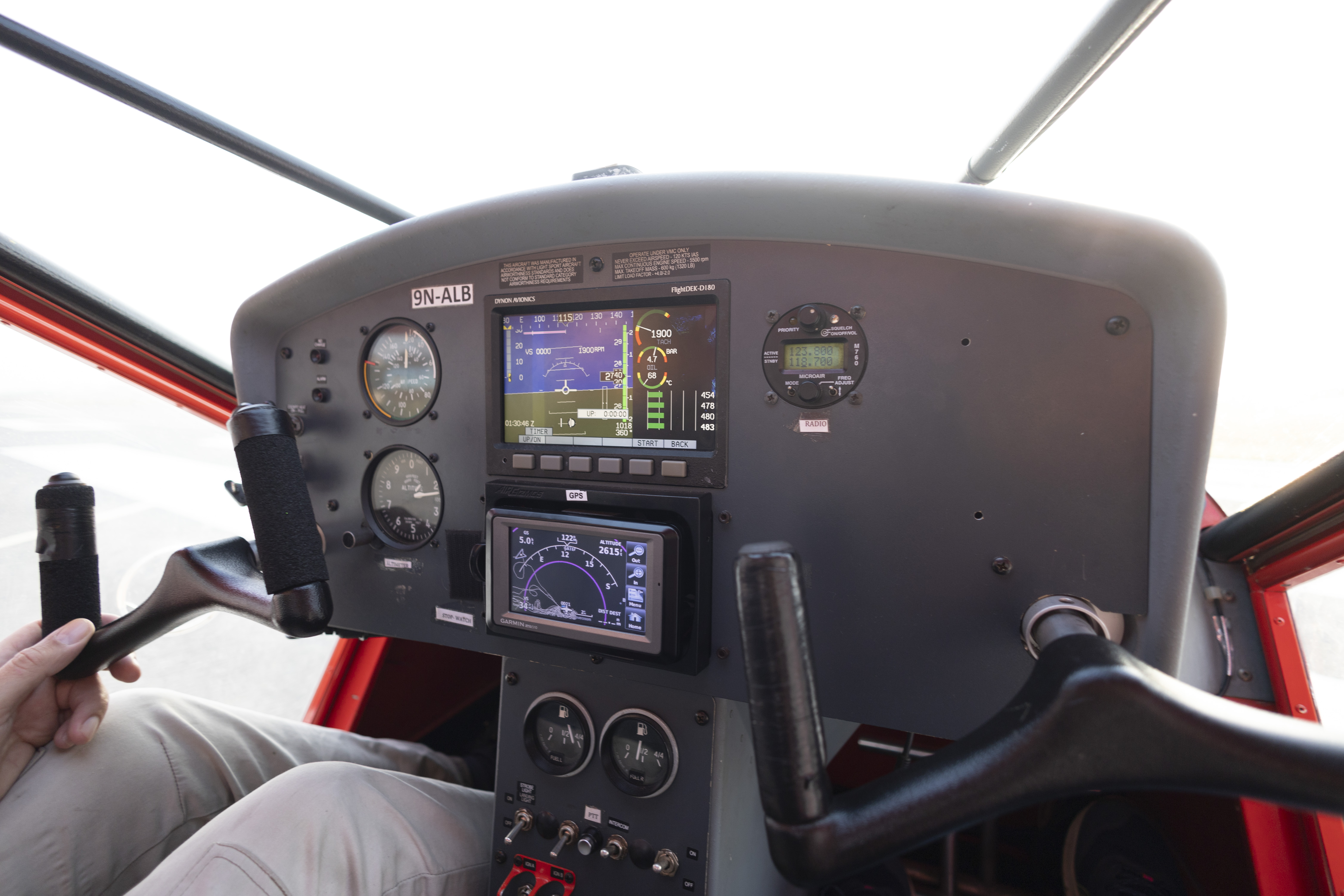

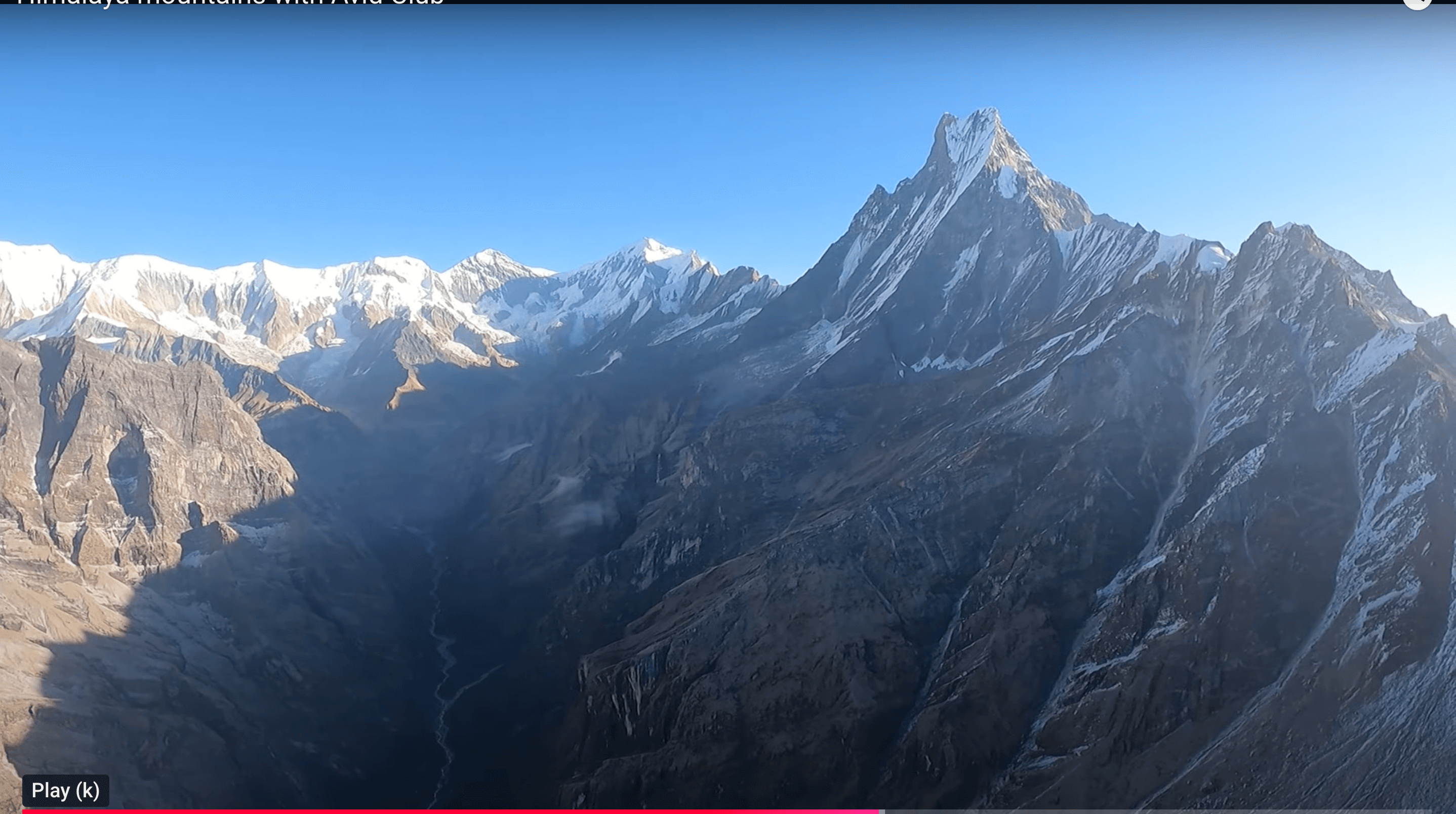

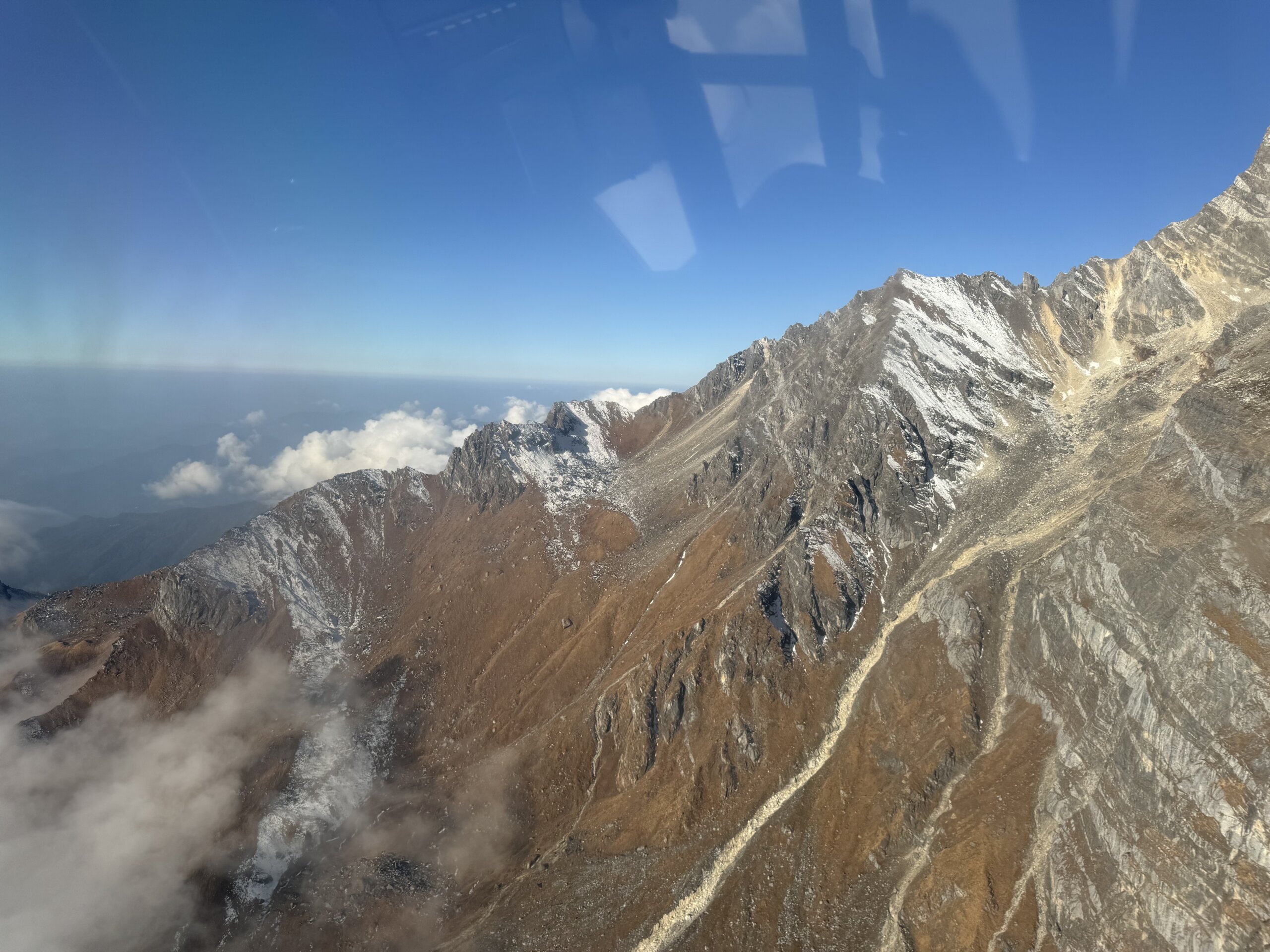


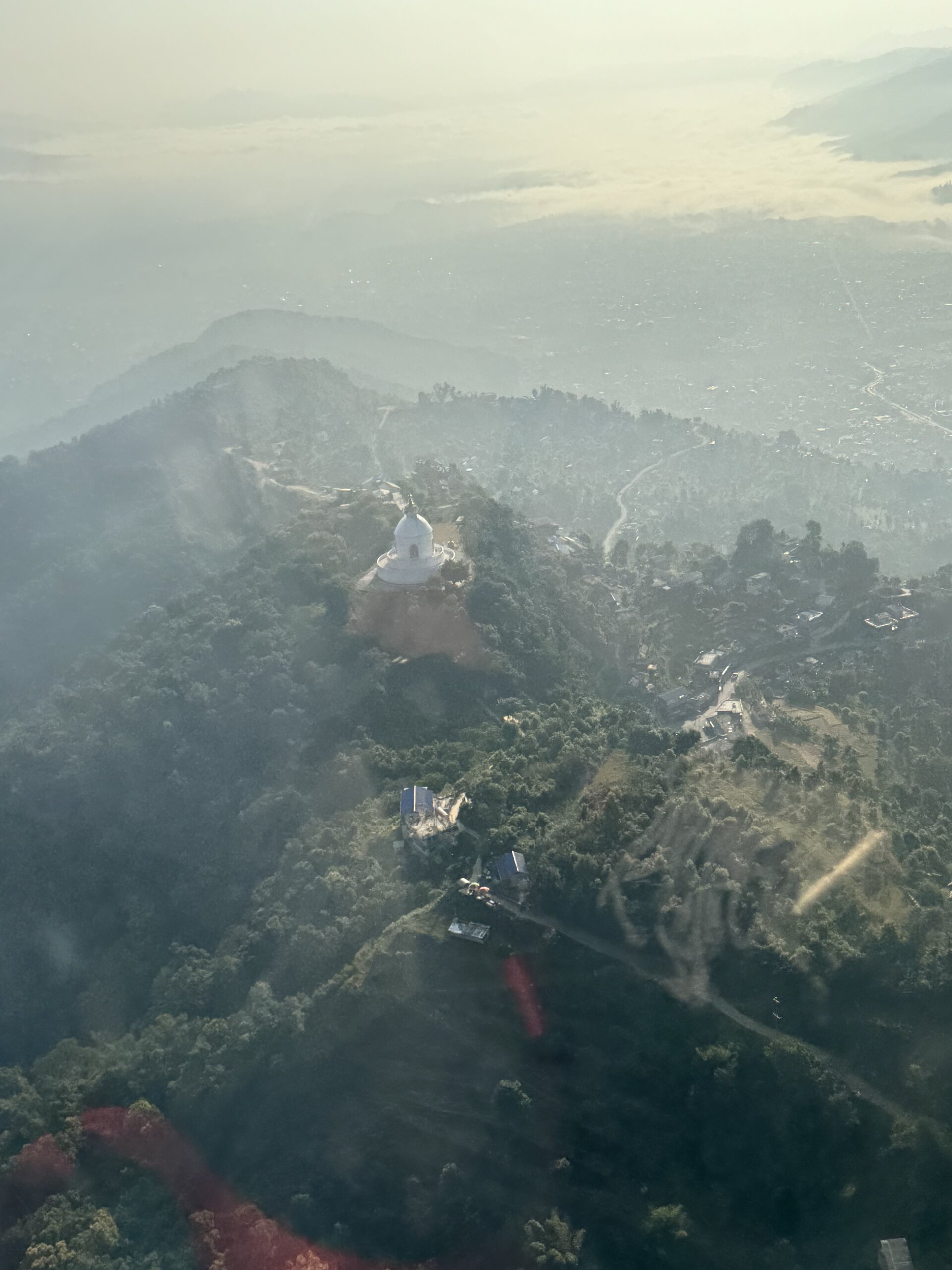
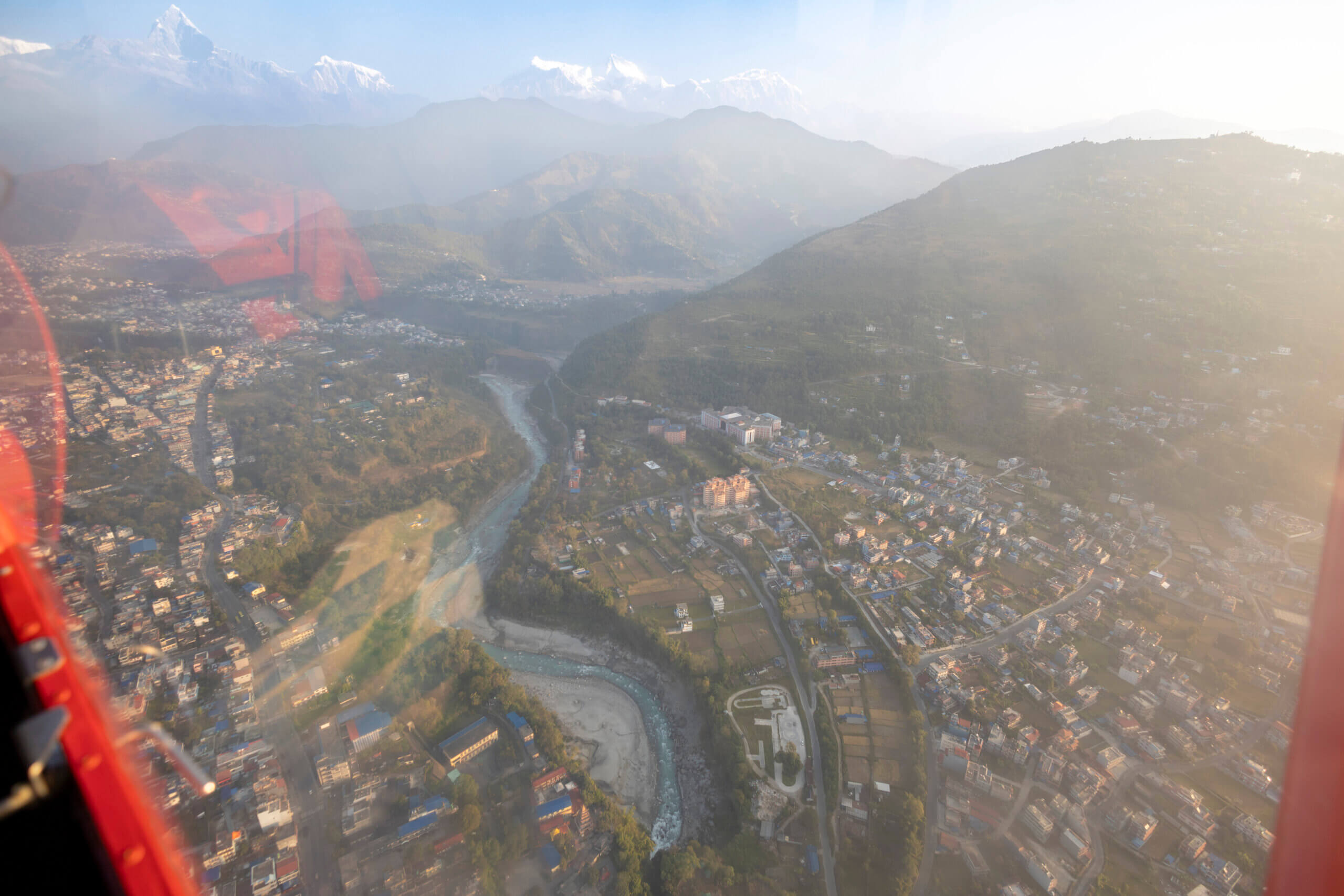




0 Comments